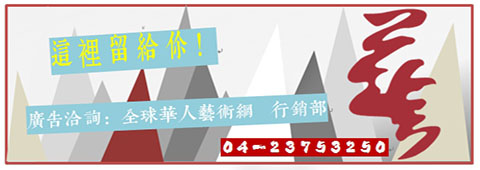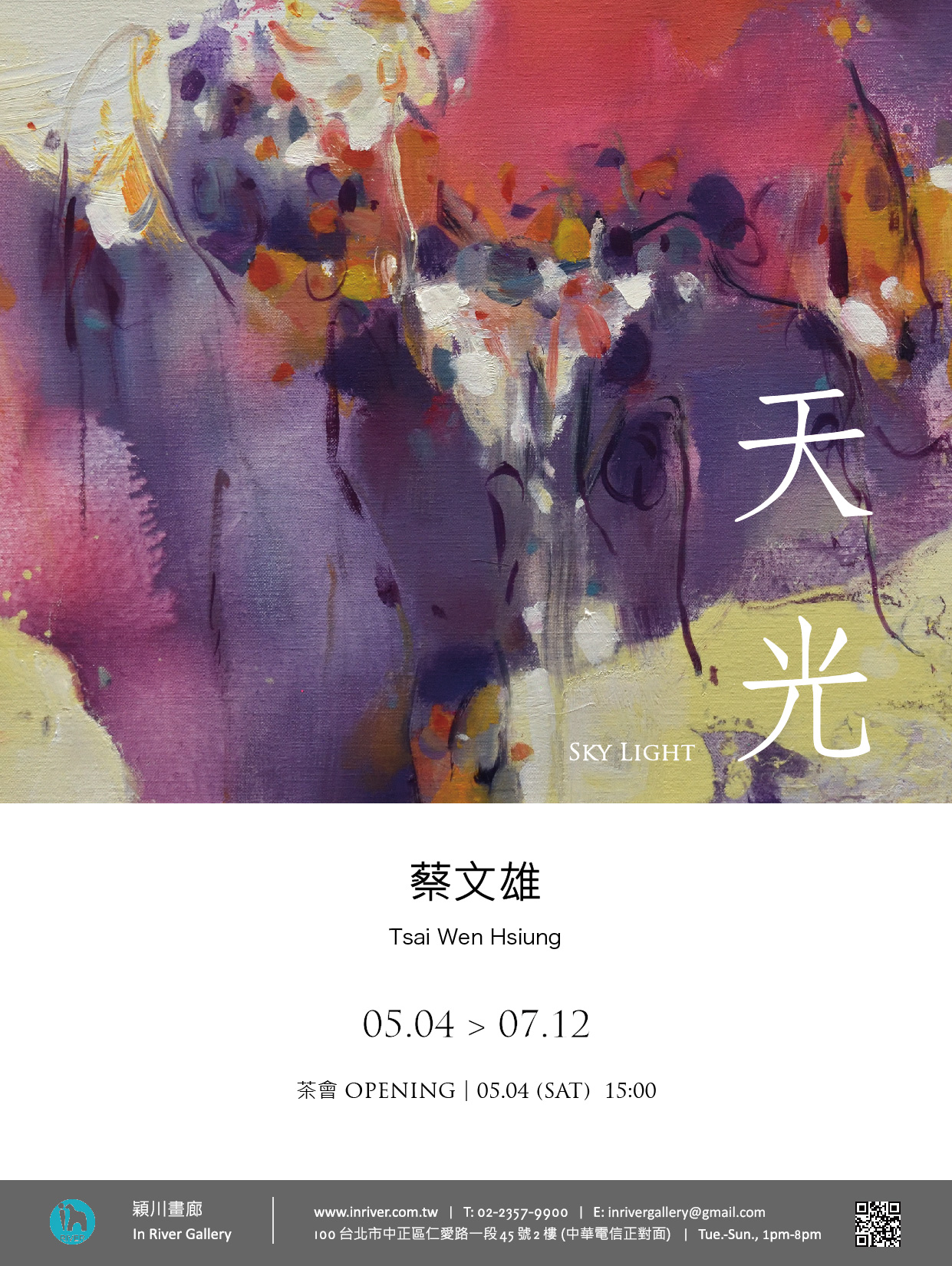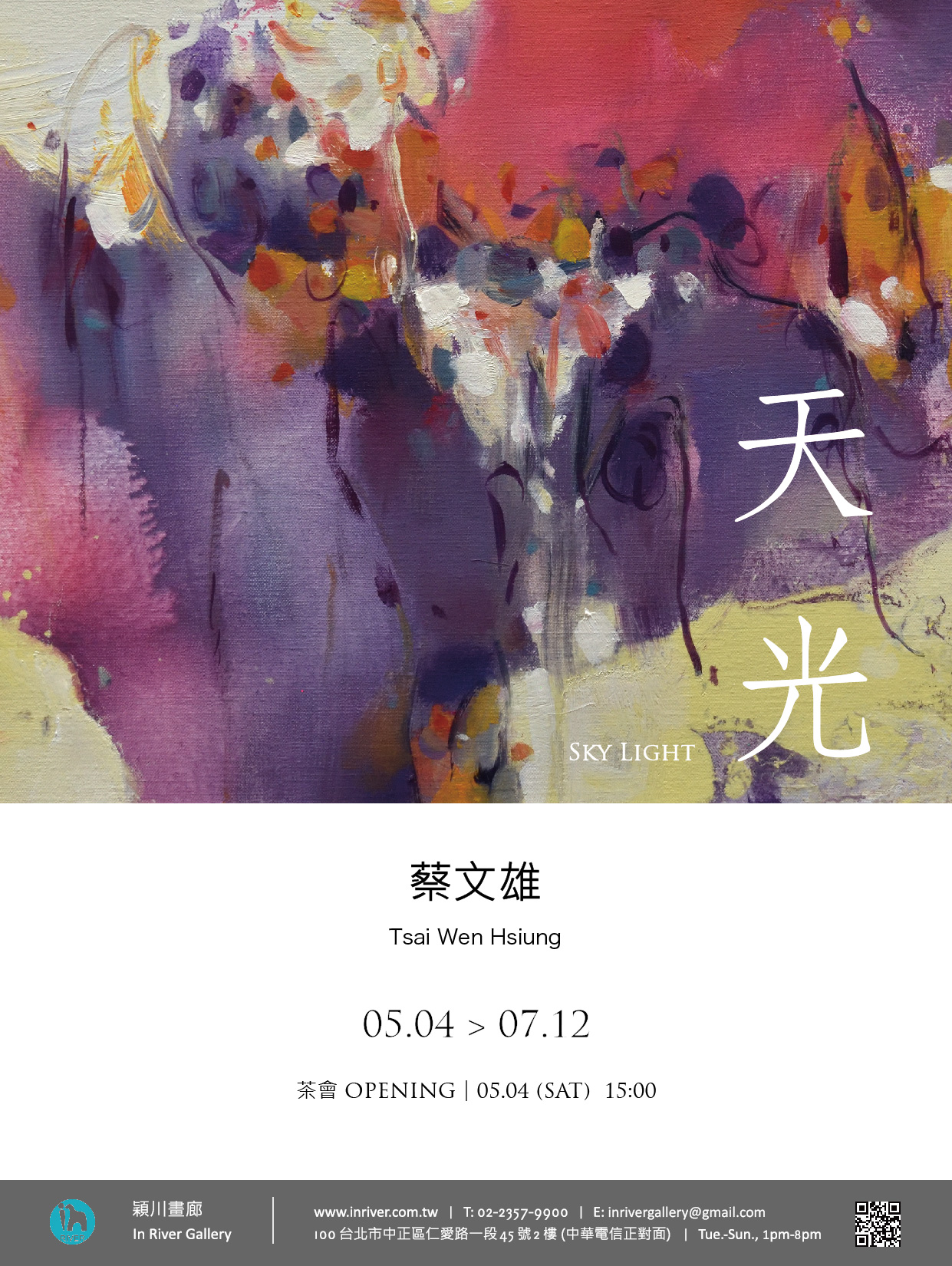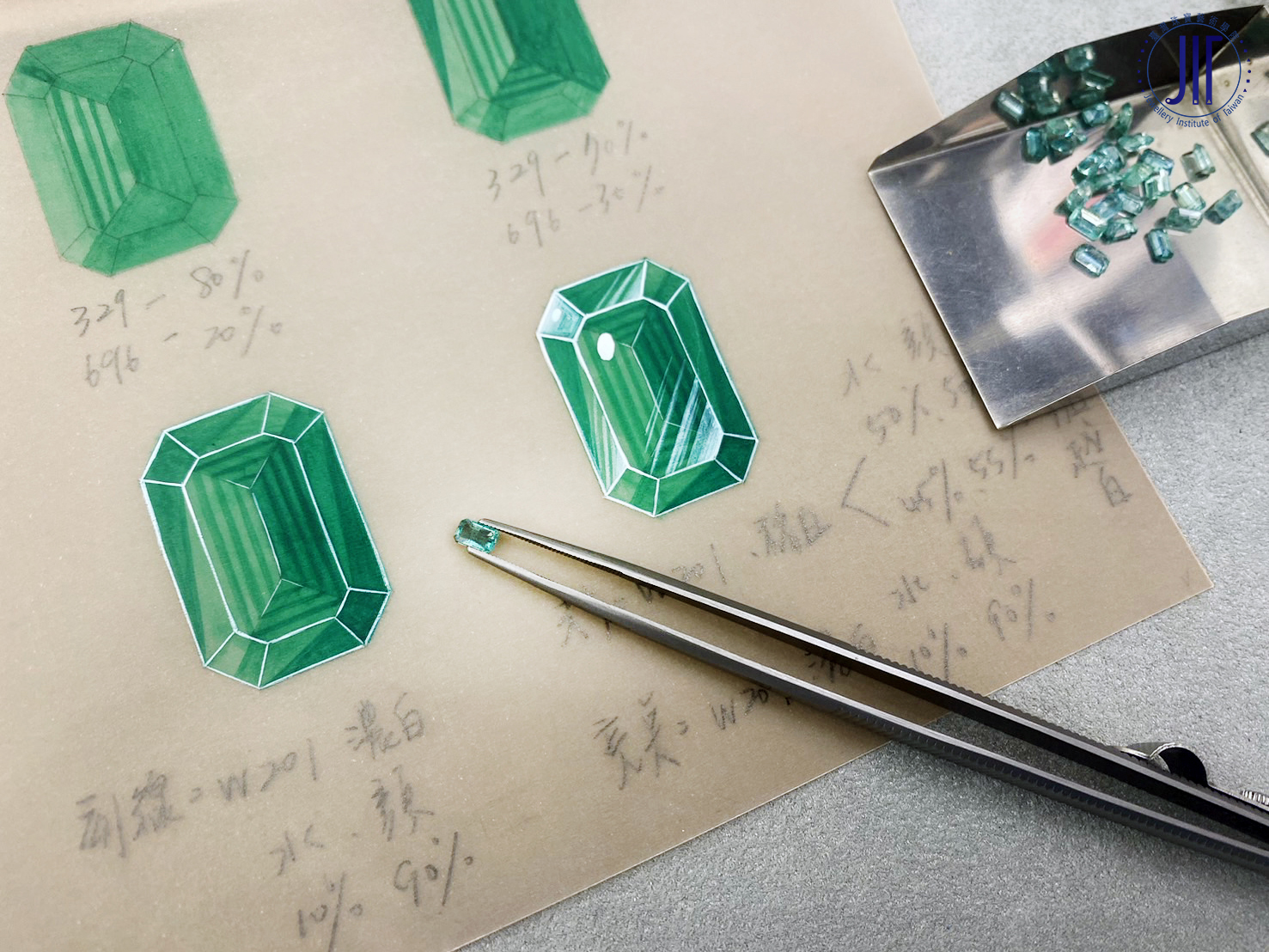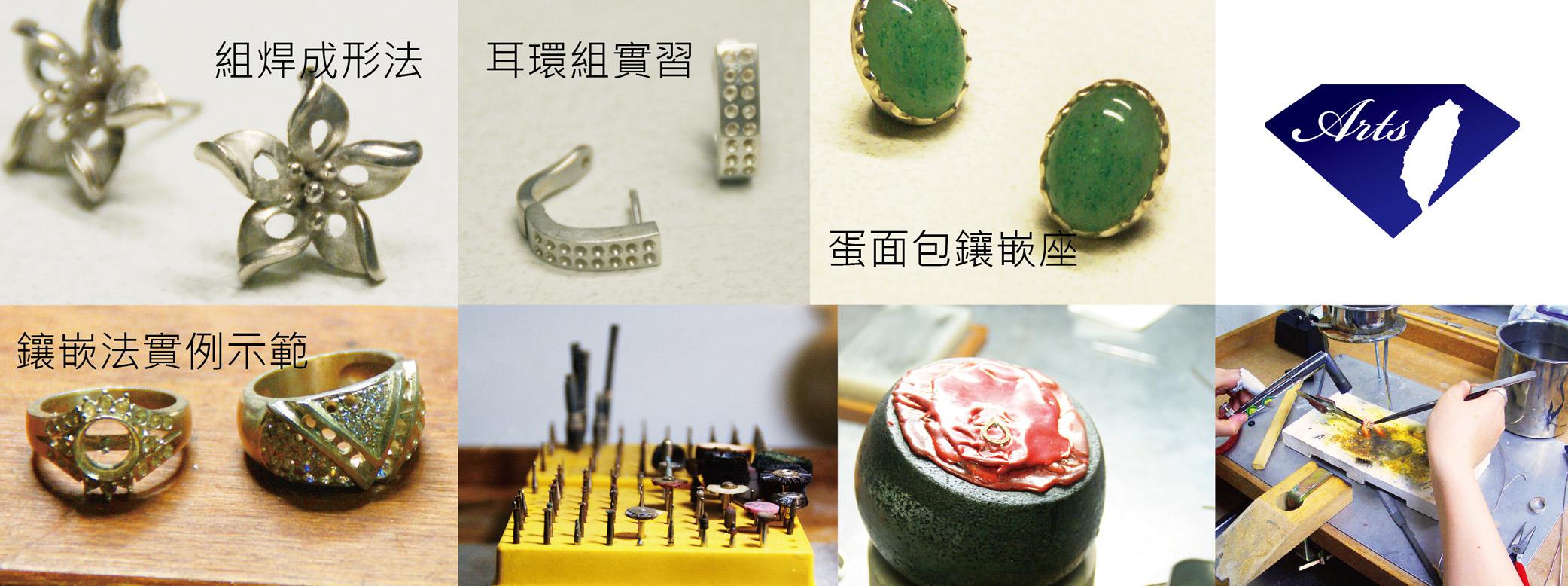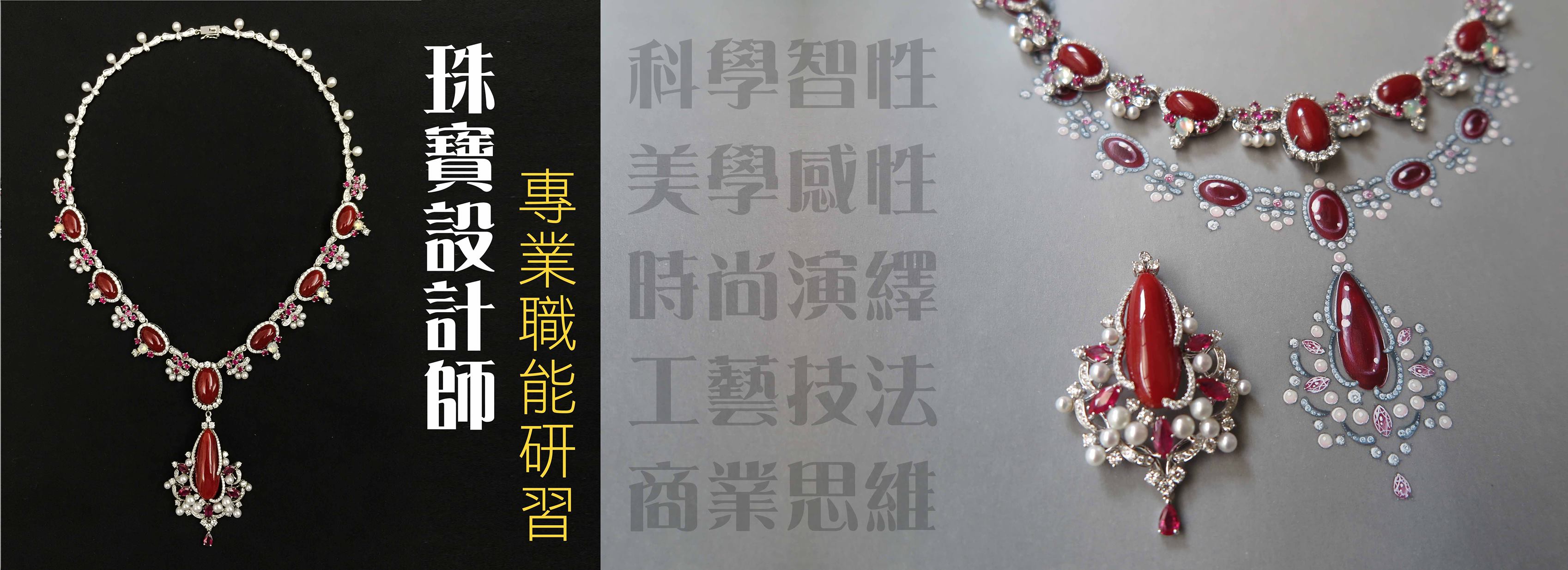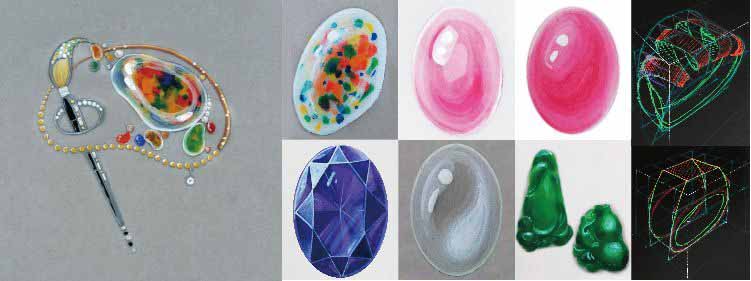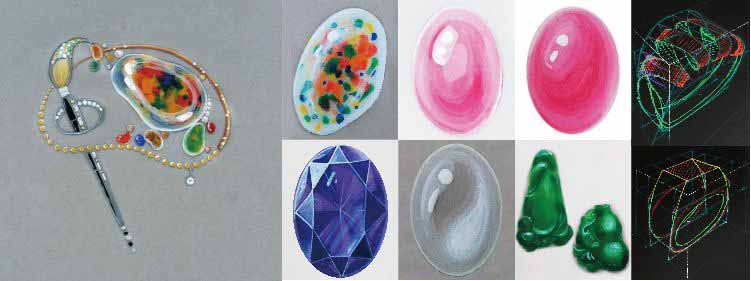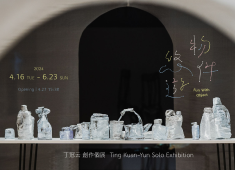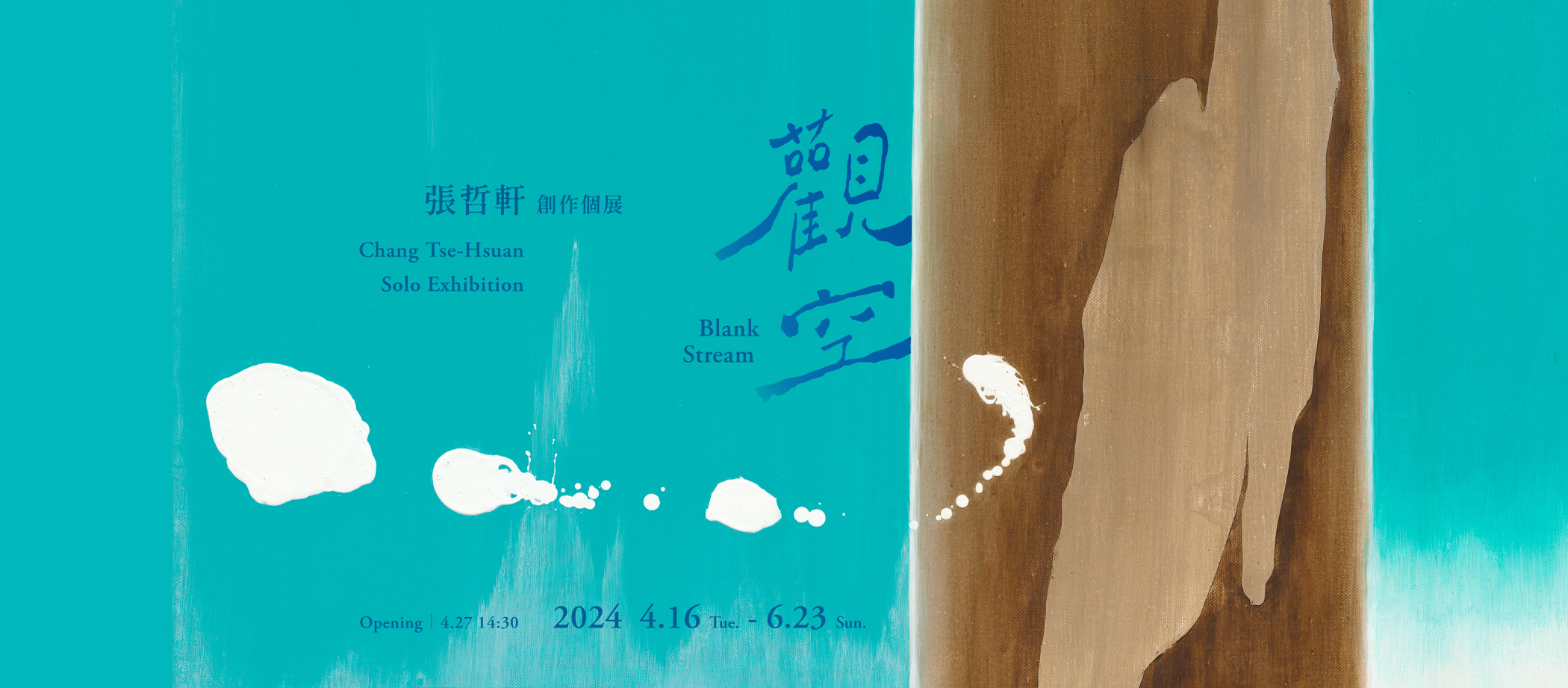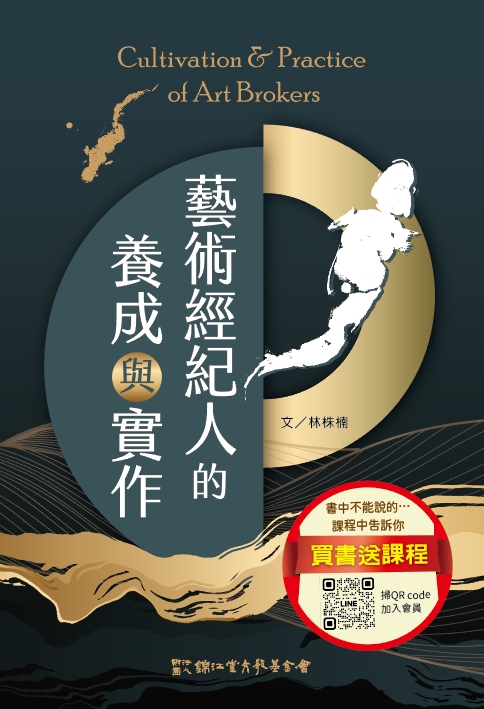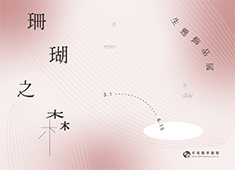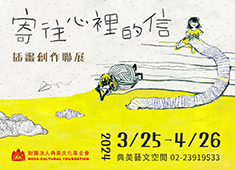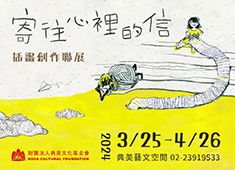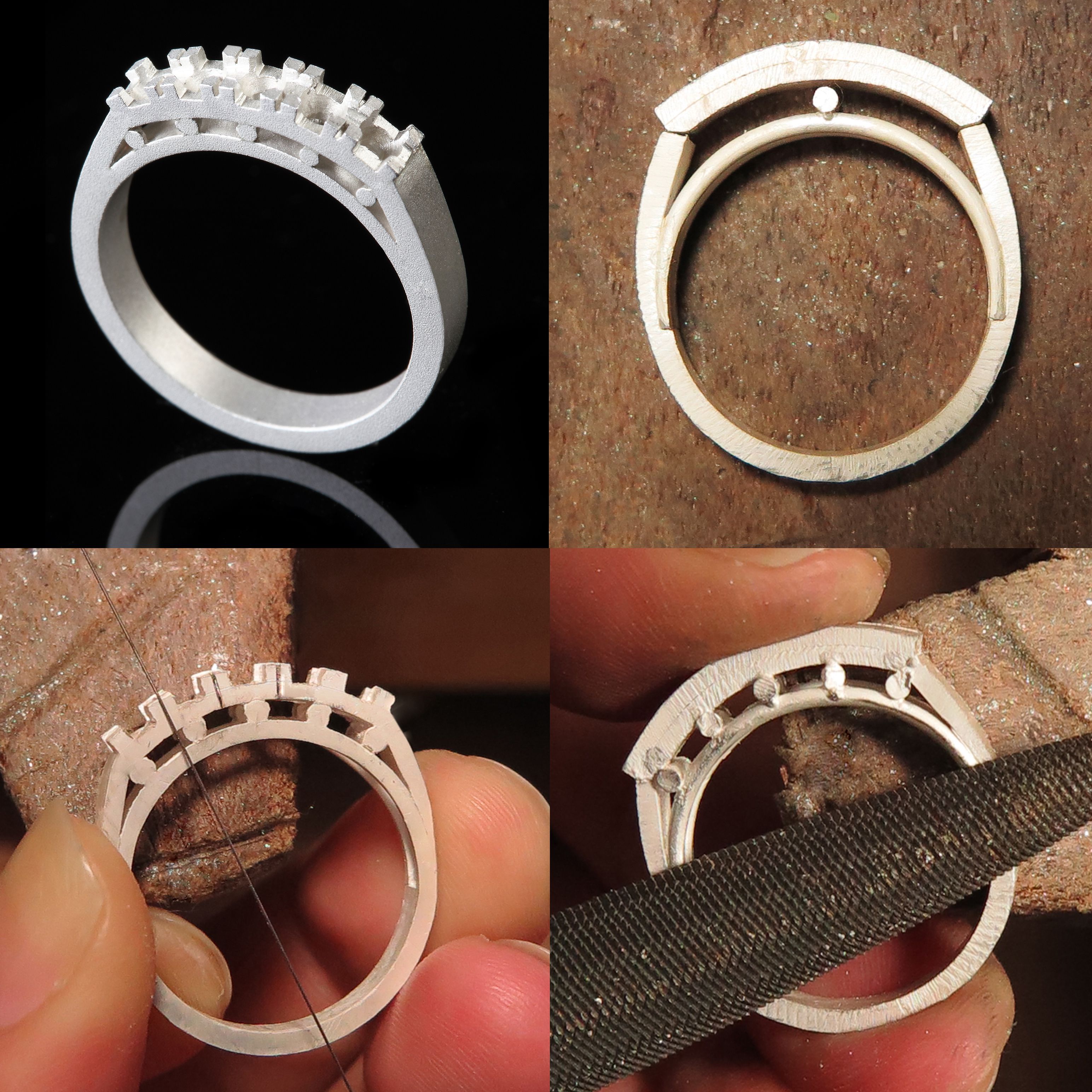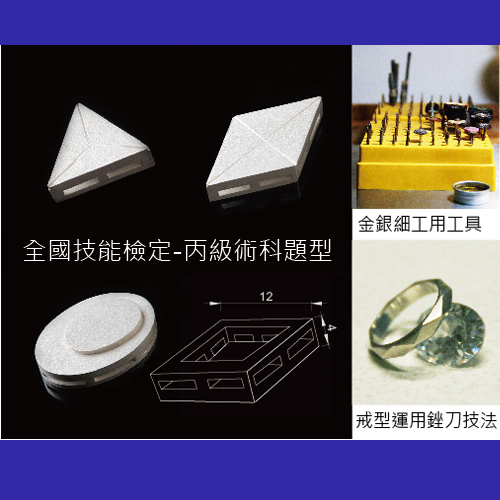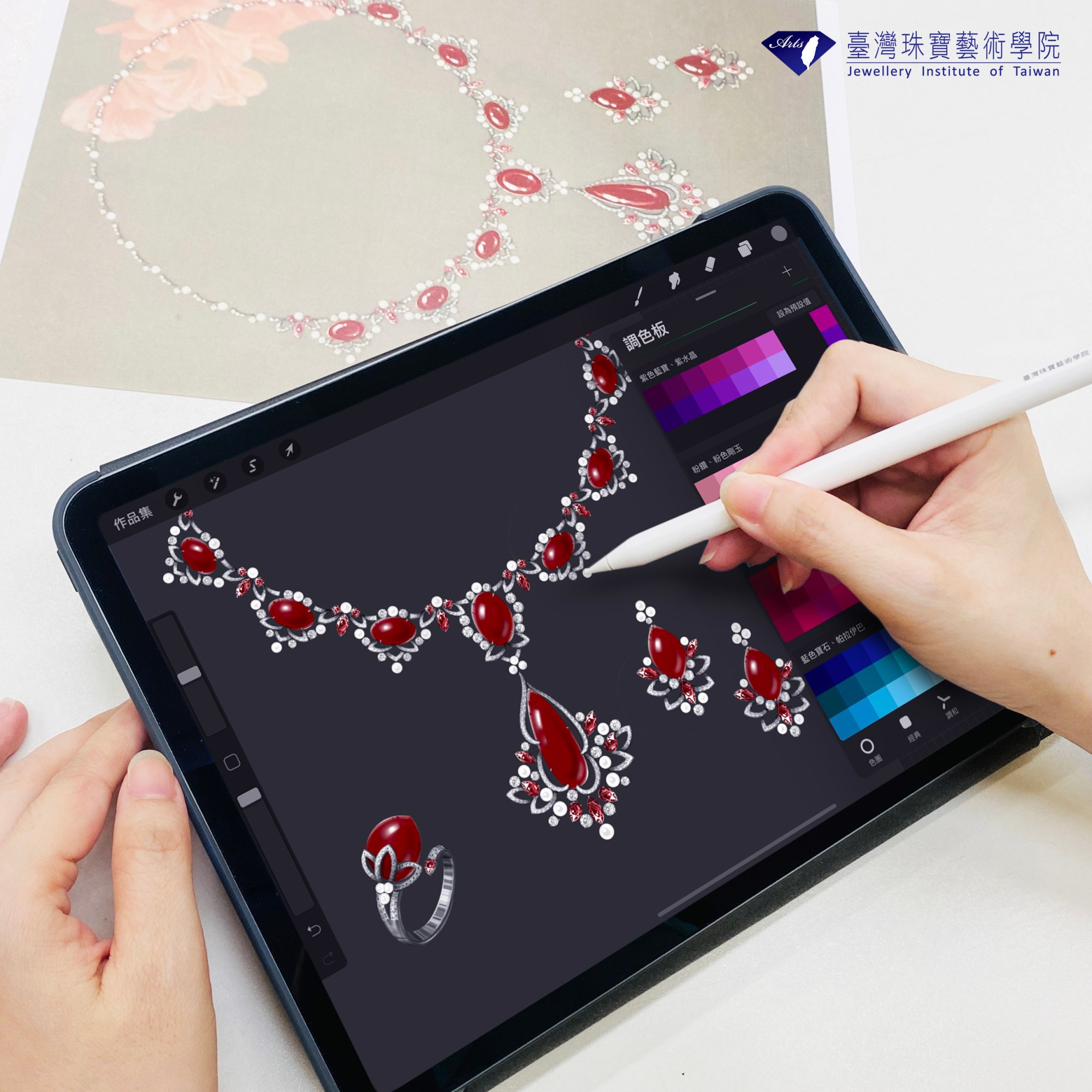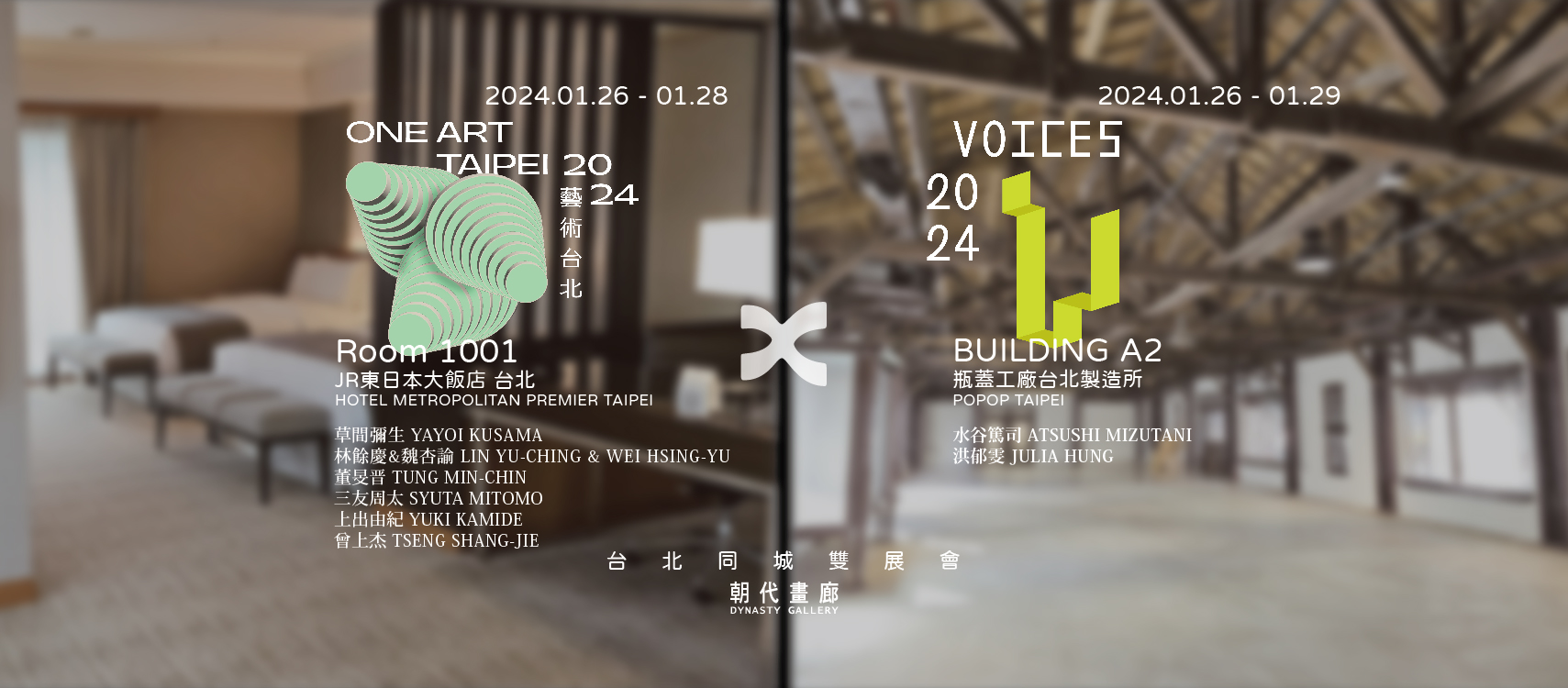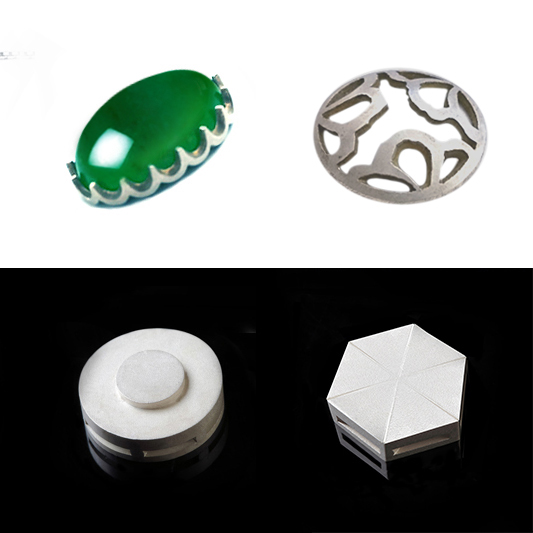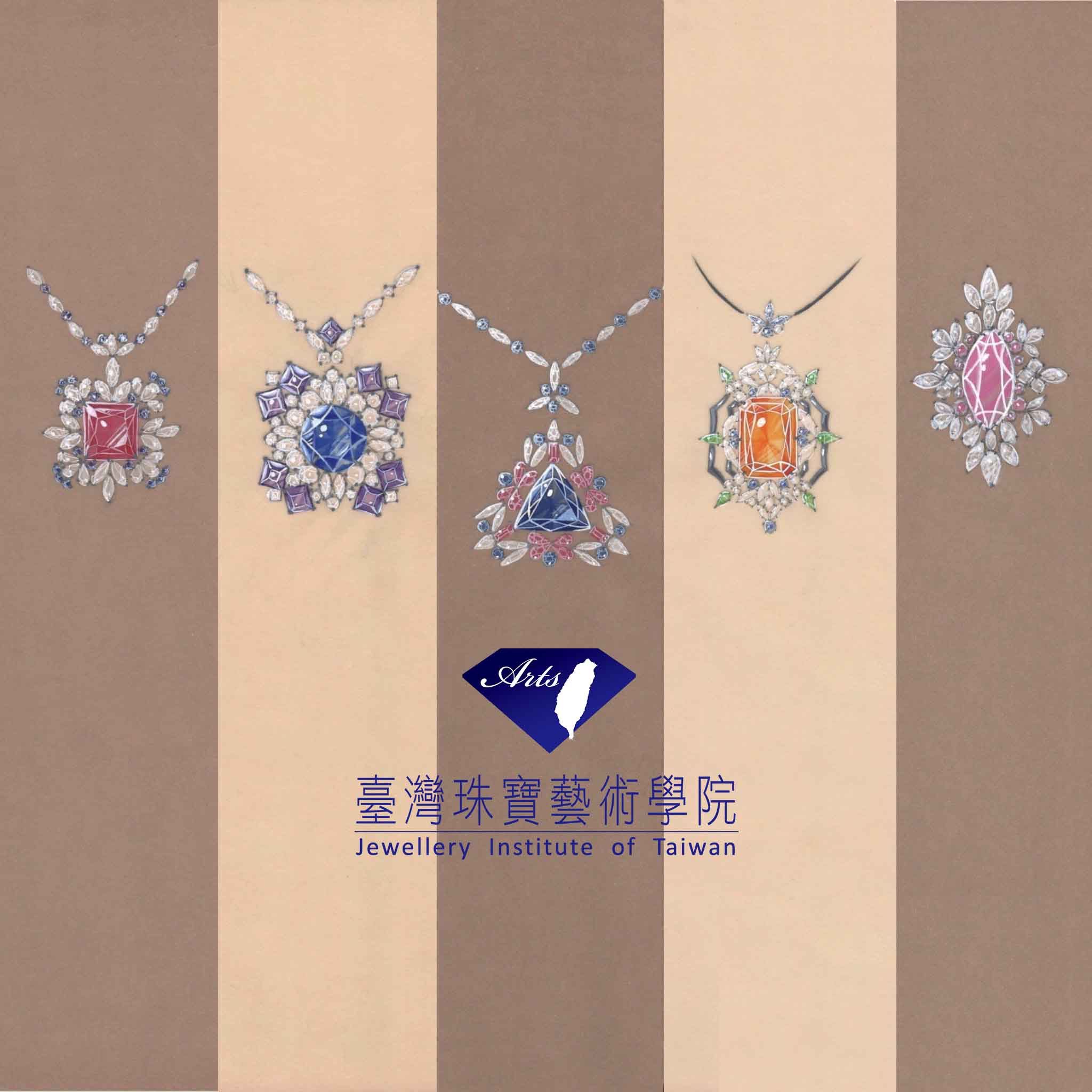

發佈單位(人):
台北當代藝術館
台北市大同區長安西路39號
台北當代藝術館
台北市大同區長安西路39號
活動地址:台北市大同區長安西路39號
活動日期:2016年12月3日~2017年02月5日
主題類別:展覽訊息
相關網址:http://www.mocataipei.org.tw/index.php/2012-01-12-03-36-46/current-exhibitions/2244-2016-10-27-10-37
活動內容:
展覽名稱 Exhibit
【白立方之內-陳逸堅個展】
Inside the White Cube — E Chen Solo Exhibition
展覽時間 Date
2016/12/03-2017/02/05
展覽地點 Venue
台北當代藝術館 MOCA Taipei 1F
門票 Admission
NT50
參展藝術家 Artists
陳逸堅 E Chen
展覽介紹 About the Exhibition
參展藝術家 About the Artists
作品介紹 About the Artworks
相關教育活動 Educational Programs
兒童專區
【白立方之內-陳逸堅個展】
Inside the White Cube — E Chen Solo Exhibition
【白立方之內】(Inside the White Cube)是藝術家陳逸堅繼【築】(Wunderkammer,臺北市立美術館,2010)、【雕塑基座】(關渡美術館,2015)、【斯金納箱】(關渡美術館,2016)後,再次以美術館本身的「白立方」空間為議題的創作終篇。
Inside the White Cube is the finale of E Chen's creative projects on display space that investigates the "white cube" of museums after a series of exhibitions, including Wundermkammer (Taipei Fine Arts Museum, 2010), One Piece Room (Kuandu Museum of Fine Arts, 2015), and Skinner Box (Kuandu Museum of Fine Arts, 2016).
本次展名援引自1976年經典《Inside the White Cube: The Ideology of the Gallery Space》(註1)一書書名,作者奧多堤(Brian O' Doherty)對代表畫廊與機構所謂封閉價值藝術體系的「白立方」空間,其歷史、社會、經濟、美學與意識形態,提出精闢剖析與評論,至今依然發人深省。他認為,畫廊空間的「白立方」——純白牆面、潔淨地板、人造光源、隱藏電源、均質空間,並不是一個展示作品的「中立容器」,而是一個由西方架上繪畫(easel painting)平面演變而來,深具「意識形態」的美學技術——透過「白立方」的空間範式,透過「去脈絡化」(decontextualization) 與「神性化」(sacralization)與現實隔絕,將藝術品孤立成絕對美感與相對價值不容被返轉置換的「聖物」。
The exhibition title originates from Inside the White Cube: The Ideology of the Gallery Space published in 1976, in which the author, Brian O'Doherty, insightfully analyzes and criticizes the "white cube" space of display for its enclosed and embedded value system of the art galleries and art institutions in terms of their history, society, economy, aesthetics and ideology. In this inspiring classic, the author argues that the "white cube" of art galleries—their pure white walls, immaculate floor, artificial lighting, concealed power source, and homogeneous space—is not a "neutral" vessel/space for the display of artworks. Instead, they have evolved from the two-dimensional, representational and perspectival space of Western easel painting, and thus embodied ideologically charged aesthetic techniques. Through a standardization of white cube space as well as the process of decontextualization and sacralization, the white cubes isolate artworks from the external reality and convert them into "sacred objects," for which the absolute aesthetic beauty and its exchange/commercial/market value become unquestionable and yet interchangeable.
直接針對「白立方」的反動可以追溯至克萊茵(Yves Klein)的〈空的展間〉(The Void,1958)與阿曼(Arman)的〈滿的展間〉(Full Up,1960),兩者都將展間提升為展覽的議題。60年代末起,以低限與地景藝術為首的所謂「擴展場域中的雕塑」,背棄展間「移位」(Ex-situ)至更廣泛替代領域;另一方面,代表「原位」(In-Situ)的「機構批判」(Institution Critique),結合觀念藝術,選擇關注藝術現實,以展覽體制的框架為基地進行評論。縱橫70年代的貝瑞(Robert Barry)、哈克(Hans Haacke)和艾許(Michael Asher)等藝術家,更進一步大膽地將藝術體系脈絡(contexture)翻轉成展覽內容(content),來對抗藝術機構對藝術的收編與商業交換。
The rebellion against the "white cube" can be traced back to Yves Klein's The Void (1958) and Arman's Full Up (1960). Both upstaged the exhibition space as the central issue of the exhibition. From the 1960s onward, the so-called "sculptures in expansive sites" in minimalism and land art turned their back on the confining white cubes of exhibition space and moved onto a more expansive alternative domain with the coinage and practice of “Ex-situ”. On the other hand, the "Institutional Critique" with a cheeky double-entendre nomer "In-situ" was teaming up with conceptual art to address artistic reality and offer criticism of the framework of exhibition system. Famous artists in the 1970s, such as Robert Barry, Hans Haacke, and Michael Asher, took steps further and boldly presented the contexture of art as exhibition content to counter the incorporation, reification and commercialization of art by art institutions.
延續在「美術館中的反思」這樣的歷史脈絡與語境,【白立方之內】可以視為以展覽本身為內容大做文章的「後設」展覽,藝術家選擇形式主義的方法,直接分解重組「展牆」、「畫框」、「基座」等支撐作品的美學形式與結構,希望重啟對展覽形式與展示本質的對話。透過「脈絡即作品」(context as content),介入當下的「現實」(展覽場域),重組作者、作品、公眾與機構的直接關係。於此,藝術家無意揭示機構運作的政治、商業、學術等權力系統,或將機構視為封閉的系統再刻意破除它,因80年代以來,「機構批判」的論述早已為機構吸納收編為「機構美學」,90年代以來的「關係美學」,更已將「社會脈絡」變成「機構內容」,這讓人聯想起藝術家倪再沁〈凍蒜.凍未條〉的行為藝術(註2),機構不再是爭議焦點,而是解答與終點。藝術家在機構授意、甚至鼓勵下,藉由「藝術姿態」拓展展覽場域的藝術類型,在與機構的「共謀」中保持清醒、重新出發,在「共生」中相互消費、相互取暖,並透過對展覽體系的「戲仿」(parody),以藝術家的身分對機構場域提出問題與辯證,試圖理出進一步的共存活或共沈淪的依附關係。
Threading the historic context and discussion of "reflection upon museums," Inside the White Cube can be viewed as a "meta-exhibition" or an “exhibition of/on exhibition” that centers on the exhibition per se. Adopting a formalist approach, the artist directly dissects and reorganizes aesthetic forms and structures of display space, including "exhibition walls," "frames of painting," and "plinths/podium/mounting," which have been used to support artworks, and by doing so, initiating a dialogue between the exhibition form and the intrinsic quality of exhibitions. Bearing the idea of "context as content" in mind, Inside the White Cube intervenes present "reality" (the exhibition site) and reinterpolates the relationship among artists, artworks, the public, and art institutions. E Chen does not intend to expose the political, commercial, and academic power systems operating in art institutions, for which since the 1980s the discourse of institutional critique has already formed the “institutional aesthetics”. Nor would he foreground art institutions as an enclosed system only to break it later, as the “relational aesthetics” developed in the 1990s has turned “social context” into “institutional content”. This reminds us of artist/art critic Ni Tsai Chin performance, Election Eruption, in which institutions are no longer loci from where controversy arises but its final
destination and answers to unasked questions. Acquiesced and even encouraged by institutions, artists expand on different types of art in exhibitions from an "artistic stance," while keeping a clear mind the need to perpetually restart yet again and “conspire” with the institutions. In a mutually dependent, at once exploiting and supporting, symbiotic relationship, artists question and dialectically examine institutions by "parodizing" the exhibition system, attempting to reach an equilibrium that will coevolve both either to thrive or dive.


